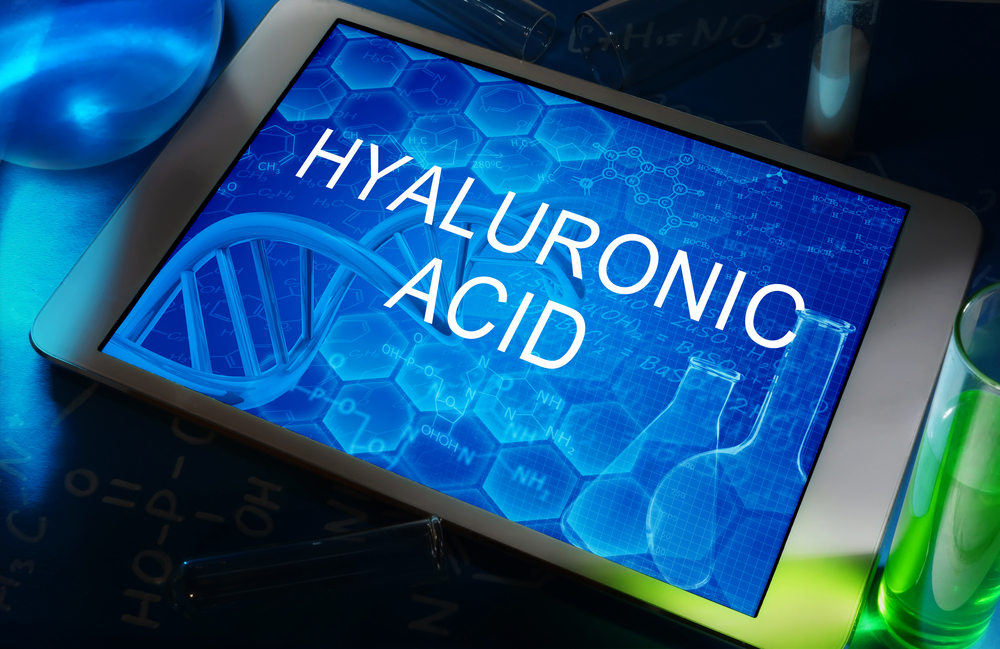All About Hyaluronic Acid

Acids, as OROGOLD has touched on before, are actually good for your skin in the right concentrations. Countless beauty and skincare products incorporate different classes of acid into themselves to make the most of their particular properties. One of the favorite ones of the skincare industry is hyaluronic acid, an acid that naturally traps and contains moisture. This makes it highly useful in moisturizers or products seeking to replace any moisture that other components leech away through their own activity. This acid does have a few tricks up its sleeve though and not everyone looks at it too closely. Some do though and with that in mind we’re going to turn an eye on the secrets of hyaluronic acid.
One Face, Two Face
The fact of the matter is that hyaluronic acid is something of a misnomer. That is, in fact, a compound that gets used, but it has a sibling: sodium hyaluronate. Either one of these can be used in a beauty product to achieve similar ends, but not all companies choose to adequately distinguish which they are using. The acid itself actually occurs naturally in the skin, but that same isn’t true of sodium hyaluronate. It is considered a form of rock and doesn’t seem like the most healthy thing to put on your skin. Sodium hyaluronate actually is better at trapping moisture than its sibling though. The difference isn’t quite on the scale of the difference between hyaluronic acid and other moisturizer compounds, but there is a difference. Sodium hyaluronate stores more and penetrates deeper into the skin.
Too Much of a Good Thing
Anyone used to a skincare routine already knows you can overdo it. Exfoliating too often can hurt your skin, some products are too strong for particular skin types, and not everyone can use particular products. The same applies to the compounds being discussed. OROGOLD suggests that you look at any product that using hyaluronic acid and see how much of it is in the product. Odds are it will be a high number, but this is a half-truth. Both the acid and the sodium forms are always in a mixture. They are diluted with water to create the compound most commonly used in beauty products for a very particular reason: in concentrations higher than 2%, both compounds begin to actually dry the skin out as opposed to moisturizing it. The beauty industry simply skips over actually giving you the exact mixtures that go into making the compound labeled hyaluronic acid.
Should You be Worried?
No. While the beauty industry doesn’t discuss this aspect of using hyaluronic acid, the industry has known this for a while and it is a standard practice. Very few people wish to know the exact chemical list for their favorite product and the shorthand simply serves to provide an idea without needlessly complicating things. It doesn’t mean that companies are accidentally preparing products with concentrations that will harm your skin at all. In the future, some companies may begin to opt to highlight they use sodium hyaluronate instead of hyaluronic acid to attract customers in the know, but that has yet to start happening to any great degree.
Even with there being more to hyaluronic acid than initially expected, it remains a safe and trusted product in the beauty industry. No matter which of its two forms is used it is capable of providing a truly prodigious amount of moisture to skin when used correctly. This makes it indispensable to anyone trying to look and feel their best. OROGOLD firmly recommends using products with hyaluronic acid in it. Your skin will thank you for keeping it soft and refreshed throughout the year.

